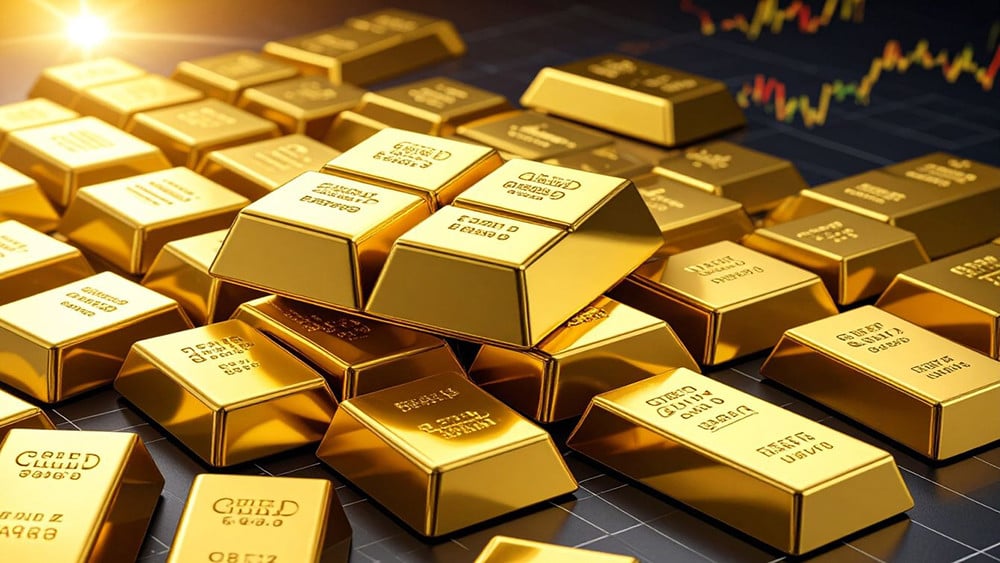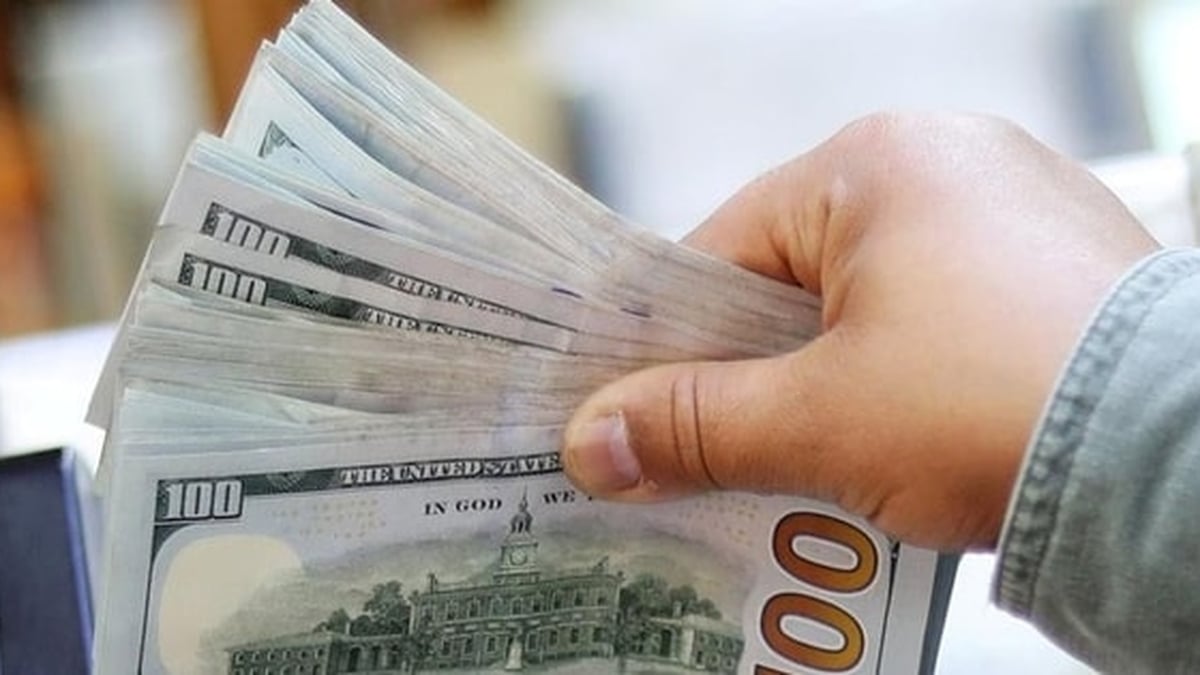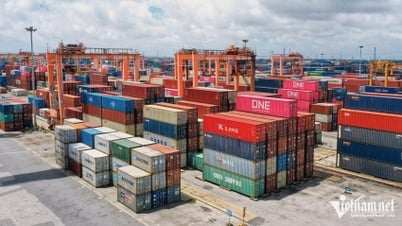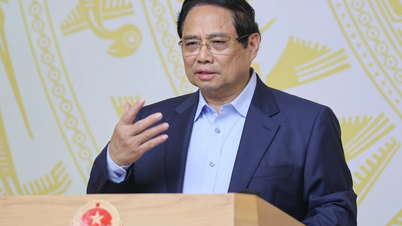Gold demand is set to surge in the second quarter of 2025, even as prices hit an all-time high, according to data from the World Gold Council (WGC).
The Gold Demand Trends Q2/2025 report shows that retail investors have returned to the market, fueling a global gold demand boom. Analysts say that growing economic uncertainty has fueled safe-haven demand for the precious metal.
Total gold demand, including investments traded via the over-the-counter (OTC) market, increased to 1,249 tonnes, up 3% from the second quarter of 2024.
The WGC said most of the growth came from recovering demand in China and India, although their share of total global consumption continued to decline, falling below 50% for the third time in the past five years.
Notably, Vietnam's gold demand in the second quarter reached only 9 tons, down 20% compared to the same period last year.

According to the WGC, although the volume of gold used for jewelry has decreased globally, total jewelry spending has increased. The report said global jewelry consumption fell 14% in the second quarter to 341 tons, the lowest level since the third quarter of 2020.
However, in value terms, annual jewelry consumption increased 21% to $36 billion.
In the investment space, gold ETFs dominate. Total investment demand rose 78% year-on-year to 477.2 tonnes, according to the WGC. Western investors have returned to gold ETFs, with inflows in the first half of the year hitting their highest level since 2020. However, Chinese investment demand remains the clear leader, up 44% year-on-year in the second quarter.
In the second quarter, ETFs bought 170 tonnes of gold. The WGC assessed that investment demand through this channel still has a lot of room for growth.
Central bank gold purchases continue to be a key pillar of global demand, despite slowing in the second quarter. Central banks added 166 tonnes to their official gold reserves in the second quarter, down 21% from the same period last year. This was the second consecutive quarter of decline in demand, largely due to record high gold prices.
However, first-half demand was still 41% higher than the long-term average.
Gold demand in the technology sector has softened due to changes in supply chains and consumption patterns due to the impact of the AI revolution. The WGC said that uncertainty in global trade had a significant impact on technology-related gold demand, which fell 2% to 78.6 tonnes in the second quarter.
Meanwhile, recycled gold supply failed to keep up with gold prices. Overall, total gold supply rose 3% to 1,248.8 tonnes, with mine production up 1% to 908.6 tonnes.
The WGC noted that recycled gold supply increased to 347.2 tonnes, up 4% year-on-year but still modest compared to the price rally.
Commenting on the gold market, according to WGC, volatile US trade policy, weaker USD, rising geopolitical tensions in regional hotspots, rising inflation and record gold prices have attracted more investment capital.
Gold continues to be a strategic asset that is highly valued by central banks. Gold’s performance in times of crisis, its ability to act as a store of value, and its role as an effective diversifier continue to be cited as key reasons for allocating to gold.
Source: https://vietnamnet.vn/the-gioi-manh-tay-mua-vang-viet-nam-tut-lai-phia-sau-2427895.html



































































































Comment (0)